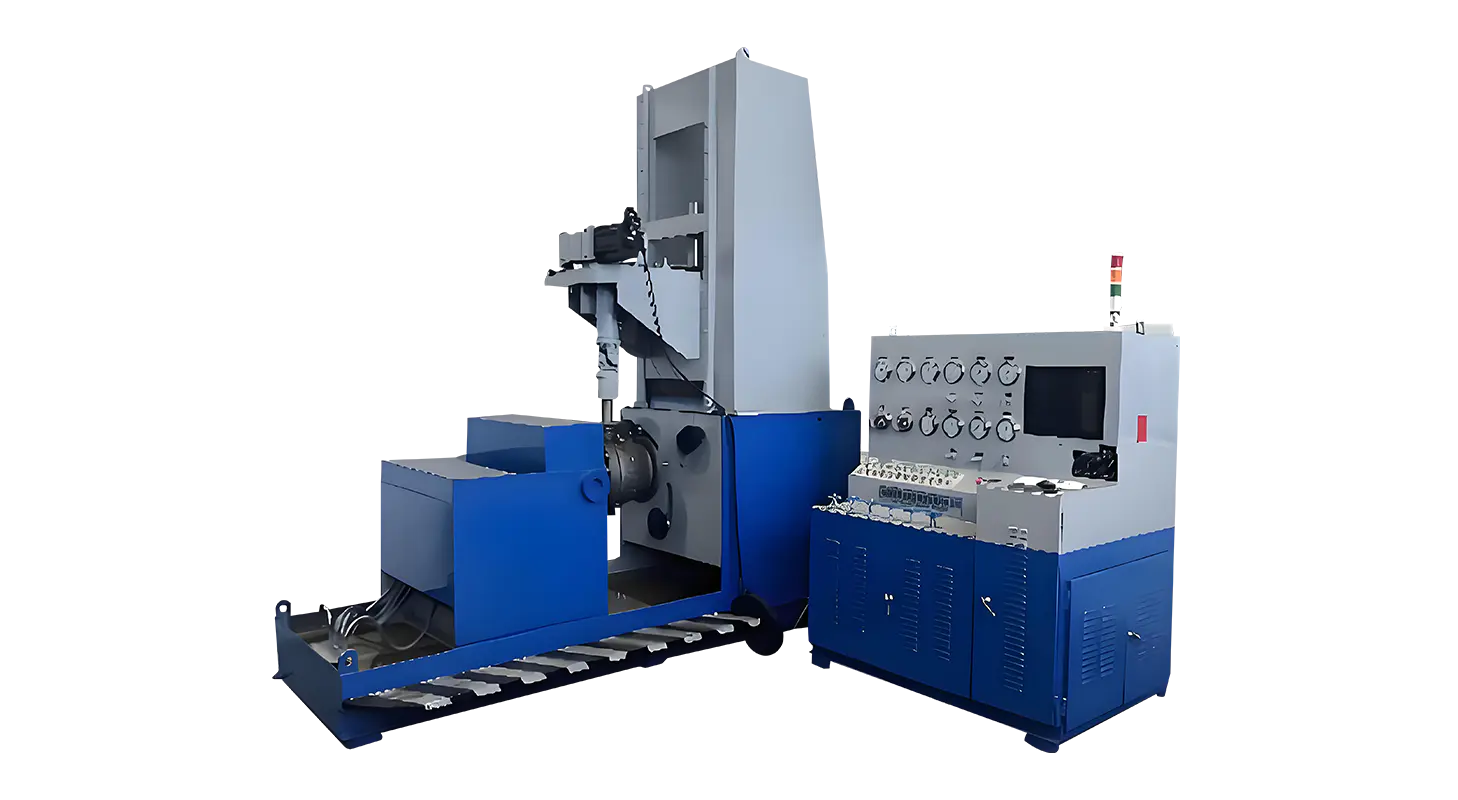Jun 25, 2025
Cryogenic valves are critical components used in applications involving bad low temperatures, such as in the storage and transportation of liquefied gases like nitrogen, oxygen, and natural gas. Due to the unique challenges posed by cryogenic conditions, testing these valves requires specialized equipment and procedures. In this article, we will explore the essential requirements for cryogenic valve testing and the role of different types of valve test benches, including valve performance test benches and vertical valve test benches, in ensuring reliable valve operation.

The Importance of Cryogenic Valve Testing
Valves operating in cryogenic environments must maintain their integrity and functionality despite exposure to bad low temperatures, often below -150°C (-238°F). These conditions can affect the materials, seals, and mechanical components of the valve, potentially pilot to leaks or failures if not properly tested.
Testing cryogenic valves involves verifying their ability to operate effectively under simulated cold conditions, ensuring that they do not leak and that their sealing surfaces maintain a tight closure. This is crucial for safety, operational efficiency, and regulatory compliance in industries such as petrochemical, aerospace, and liquefied natural gas (LNG) production.
Key Requirements for Cryogenic Valve Testing
Temperature Simulation:
A primary requirement is the ability to simulate cryogenic temperatures during testing. This often involves specialized chambers or cooling systems that can expose the valve to relevant temperature ranges while monitoring its performance.
Pressure Testing:
Valves must undergo hydrostatic or pneumatic pressure testing to confirm that they can hold pressure without leaking. This testing can be conducted on valve performance test benches that provide precise control and measurement of pressure levels.
Leak Detection:
Detecting leaks is critical. Sophisticated leak detection methods, such as helium mass spectrometry or bubble tests, may be employed to ensure that the valve sealing is intact under cryogenic conditions.
Material Compatibility and Mechanical Integrity:
Testing must confirm that materials used in the valve do not become brittle or lose mechanical strength at low temperatures. Mechanical cycling tests can simulate repeated opening and closing to verify durability.
Functional Testing:
The valve’s ability to open, close, and regulate flow under cryogenic conditions must be validated. This is often done using automated valve performance test benches capable of replicating operational conditions.
Role of Valve Performance Test Benches
A valve performance test bench is designed to evaluate various functional parameters of valves under controlled conditions. For cryogenic valve testing, these benches can be adapted to incorporate temperature control systems that simulate low temperatures while monitoring pressure, flow, and leak tightness.
Valve performance test benches typically allow operators to conduct tests such as:
Pressure holding capacity
Leak tightness under different pressures
Operational torque measurements
Cycle testing to assess wear and durability
For cryogenic valves, integrating temperature simulation into the test bench setup is essential. This enables comprehensive testing without the need for transferring valves between different test stations, improving efficiency and data consistency.
Advantages of Vertical Valve Test Benches in Cryogenic Testing
Vertical valve test benches are characterized by the upright positioning of the valve during testing. This orientation can closely replicate the valve’s installation position in actual service conditions, which is important for accurate performance assessment.
In cryogenic valve testing, vertical valve test benches offer several benefits:
Gravity Simulation: The vertical orientation allows gravity effects on valve components, such as discs or plugs, to be properly accounted for during testing. This can influence sealing and operation under cryogenic temperatures.
Space Efficiency: Vertical test benches often have a smaller footprint, making them suitable for labs with limited space while still accommodating valves of various sizes.
Ease of Observation: The upright position facilitates better access and visual monitoring of valve behavior during tests, including leak detection and mechanical movement.
Vertical valve test benches can also be equipped with temperature control systems and pressure monitoring devices to meet the rigorous demands of cryogenic valve testing.
Testing cryogenic valves requires specialized procedures and equipment to ensure valves perform reliably under cold, low-temperature conditions. Key requirements include temperature simulation, pressure and leak testing, material evaluation, and functional operation verification.
Valve performance test benches play a vital role in providing a controlled environment to carry out these assessments, especially when equipped with cryogenic temperature capabilities. Vertical valve test benches add further value by simulating actual valve orientation and facilitating accurate testing in a compact setup.
By understanding and implementing these testing requirements with appropriate equipment, manufacturers and users can enhance the safety and effectiveness of cryogenic valve applications.